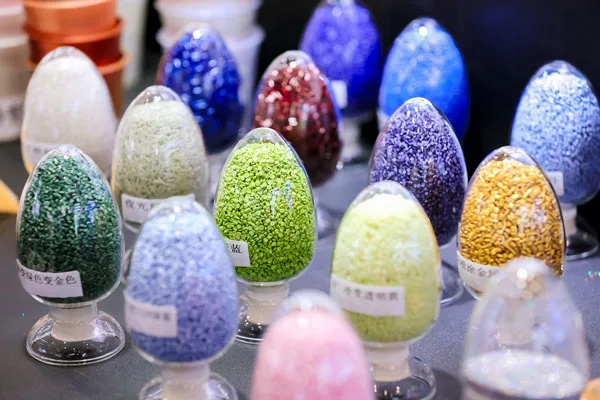BMC molding plays a crucial role in the production of solar inverters by providing strong, heat-resistant, and lightweight components. You benefit from compression molding in BMC to create complex, durable parts that withstand thermal stress and meet the electrical insulation needs of solar inverters. This process ensures consistent quality and efficiency throughout the manufacturing process.
When your solar inverter requires parts that must handle high temperatures and electrical demands, compression molding with Bulk Molding Compound (BMC) offers an effective solution. The technique enables precise shaping and rapid production, making it ideal for the volume and specifications of solar inverter components.
Understanding how BMC and compression molding work together can help you select the right materials and processes to improve your solar inverter’s performance and longevity. This knowledge is essential for anyone involved in the design or manufacturing of renewable energy equipment.
BMC Molding Applications in Solar Inverters
You rely on solar inverters to operate efficiently and withstand challenging environments. Using BMC molding in your solar inverter components ensures electrical safety, robust performance, and resistance to outdoor conditions.
Durable Electrical Enclosures for Solar Inverters
BMC molding produces durable electrical enclosures that protect internal components from mechanical stress and electrical hazards. The compression molding process shapes BMC material into rigid, impact-resistant covers that prevent damage from vibration and accidental drops.
These enclosures provide excellent electrical insulation, thereby reducing the risk of short circuits. You benefit from consistent dimensional accuracy with low shrinkage, ensuring all parts fit precisely within your solar inverter assembly.
High-Performance Solar Inverter Housing
Your solar inverter housing demands high thermal stability and structural strength to ensure long-term operation. BMC molding creates housings capable of withstanding elevated temperatures generated during power conversion.
Compression molding enables the creation of thick sections without compromising part integrity, allowing housings to maintain rigidity without excess weight. This material also resists chemical degradation from oils and cleaning agents, thereby extending the housing’s life.
Weather-Resistant Enclosures with BMC
When placed outdoors, your solar inverter’s enclosure must resist moisture, UV radiation, and temperature fluctuations. BMC molded enclosures are inherently weather-resistant due to their dense, cross-linked polymer structure, which is formed through compression molding.
They prevent water ingress and avoid degradation from solar exposure better than many thermoplastics. This resistance reduces maintenance costs and enhances the reliability of the inverter over time.
Material Benefits and Molding Processes
You can enhance the durability, electrical insulation, and heat resistance of solar inverter components by selecting the appropriate materials and molding methods, and understanding how Bulk Molding Compound (BMC) and thermoset processes work will help you optimize production and performance.

Plastic materials
Bulk Molding Compound in Renewable Energy
Bulk Molding Compound (BMC) is composed of thermoset resins combined with fillers, such as glass fibers and minerals. It offers excellent electrical insulation and thermal stability, which is vital for solar inverters exposed to fluctuating temperatures.
BMC’s ease of handling and ability to be molded into complex shapes make it suitable for parts that need precise dimensions and high reliability. It resists moisture and chemicals, ensuring long-term performance in outdoor environments.
Compression Molding Techniques
Compression molding applies heat and pressure to mold BMC material into a defined shape. This technique is efficient for producing high-volume, consistent parts with a good surface finish.
You can achieve tight tolerances and uniform mechanical properties using compression molding. It also enables faster cycle times compared to other processes, making it cost-effective for manufacturing solar inverter housings or insulation parts.
Thermoset Molding for Energy Applications
Thermoset molding utilizes heat to permanently cure resins, resulting in a complex, stable structure. This is crucial for solar inverter components that require mechanical strength and resistance to temperature degradation.
The molded thermoset parts maintain their shape and structural integrity under electrical and thermal stress. This process supports complex designs while ensuring electrical insulation and chemical resistance.
BMC Composite for Electrical Components
BMC composites blend resin with reinforcement fibers, creating firm, lightweight parts ideal for electrical components in solar inverters. Their non-conductive nature prevents electrical shorts and enhances safety.
Due to their high heat deflection temperature, BMC composites perform well in proximity to power semiconductors and other heat-generating elements. Their dimensional stability helps maintain reliable electrical connections over time.
Explore options at Dankemold.com to get a quote tailored to your project’s needs.
